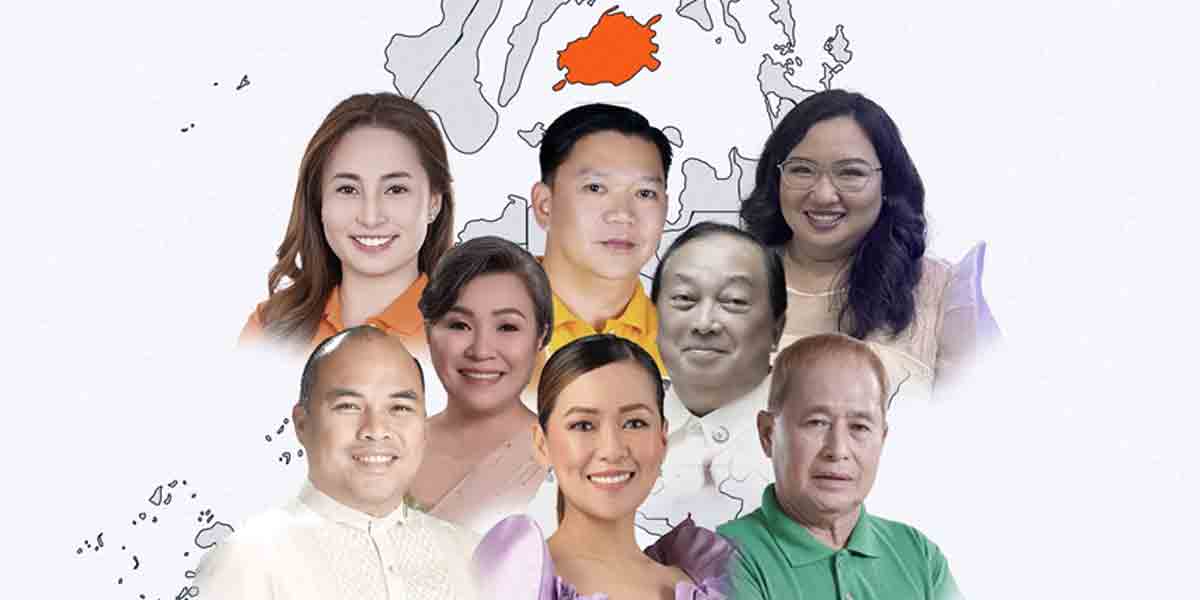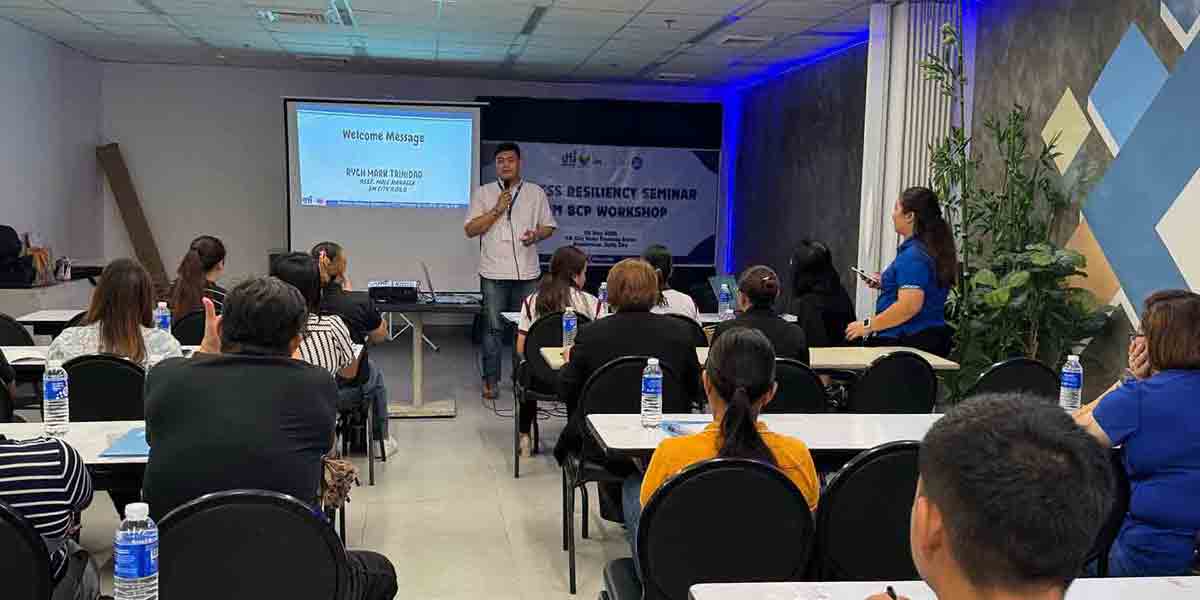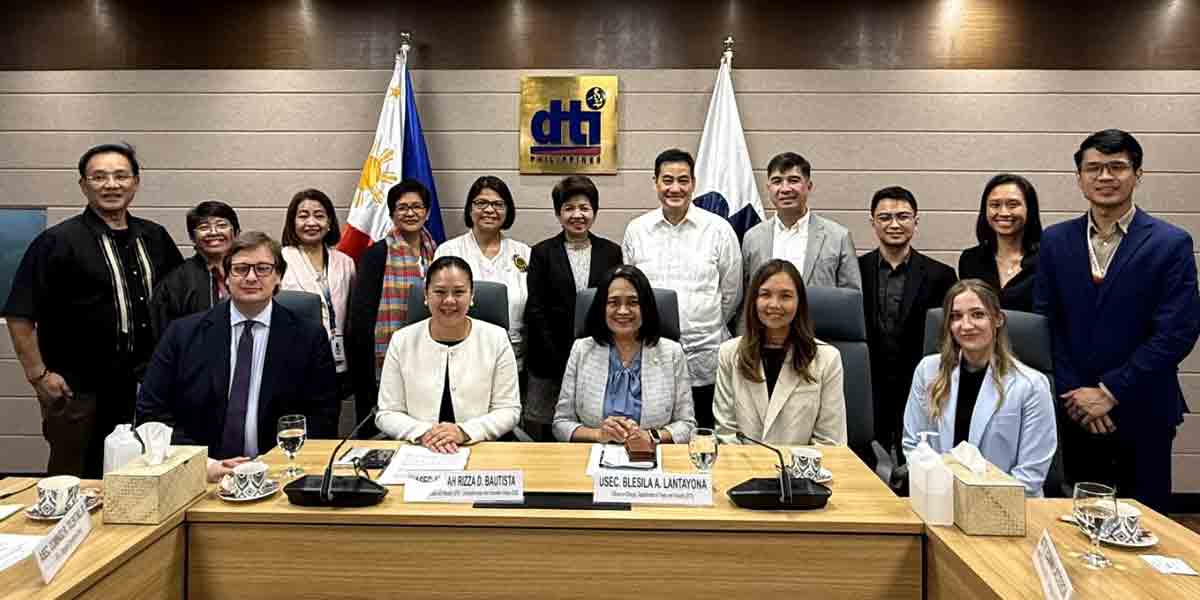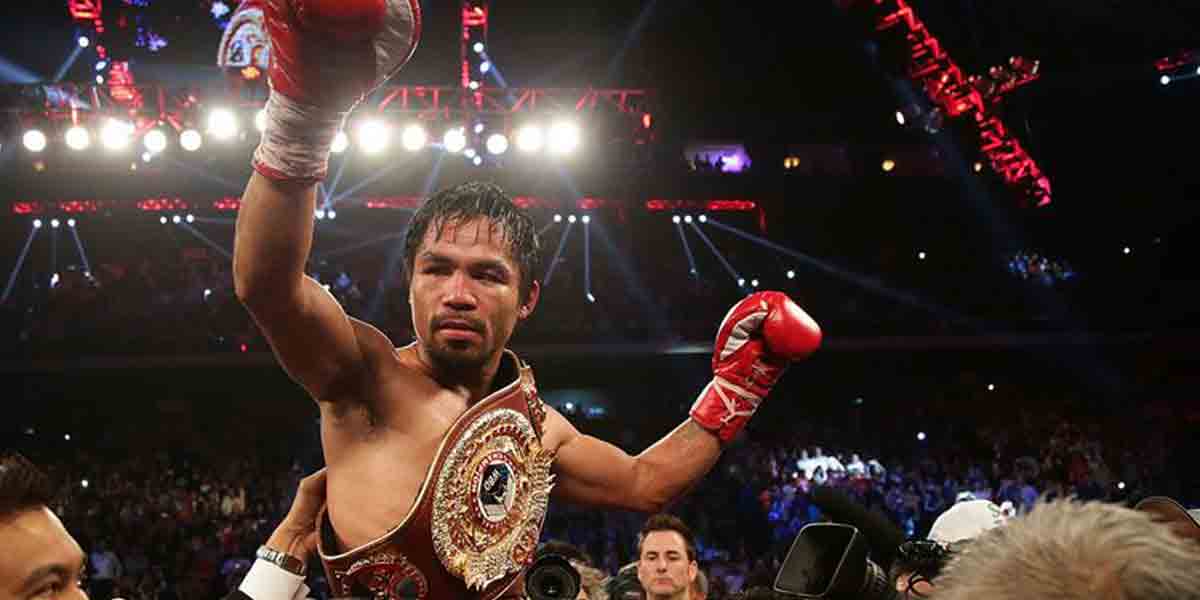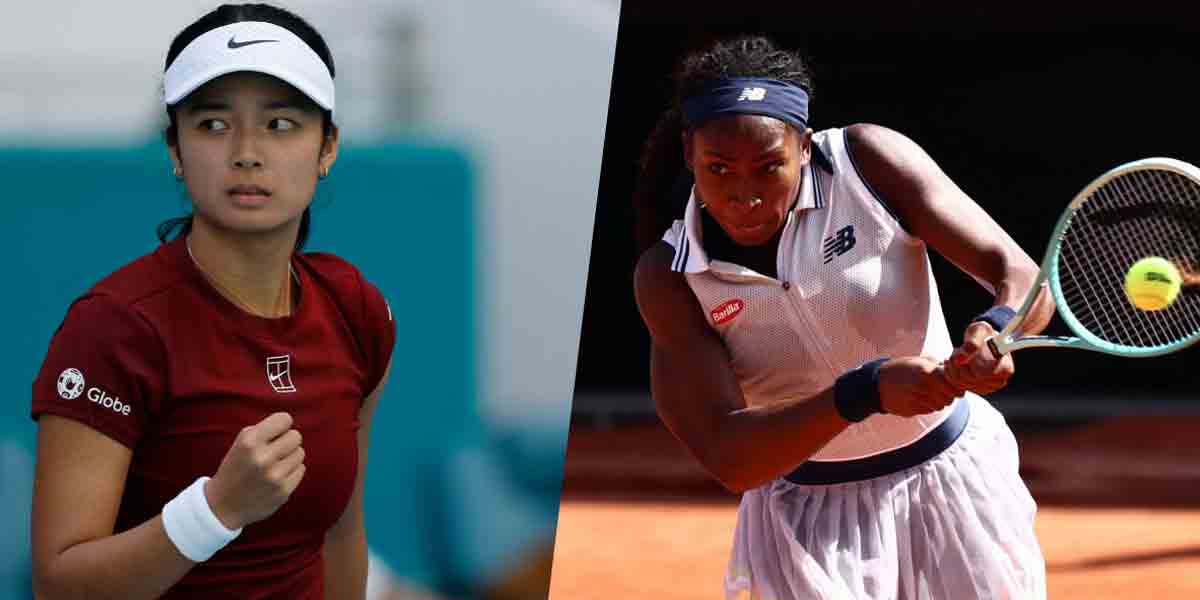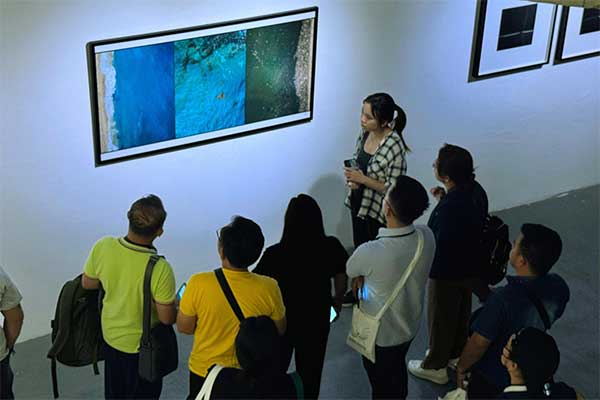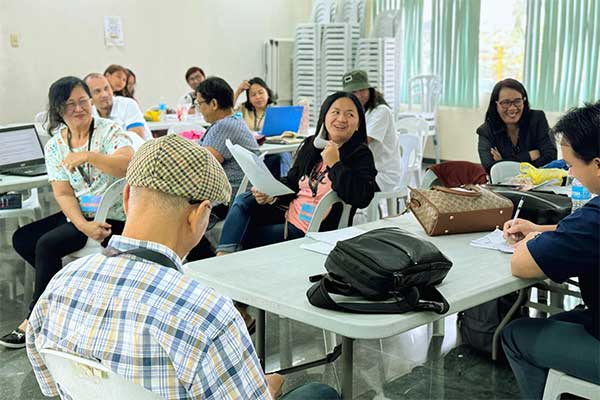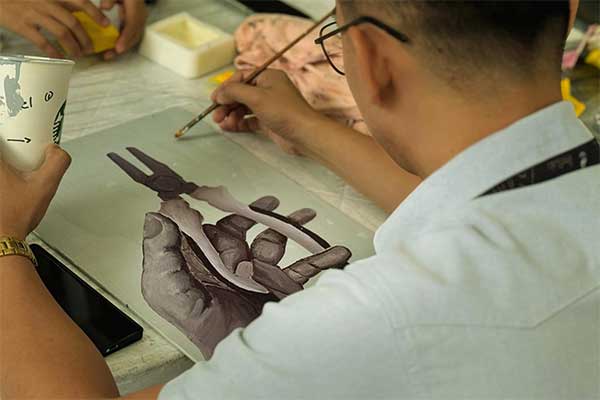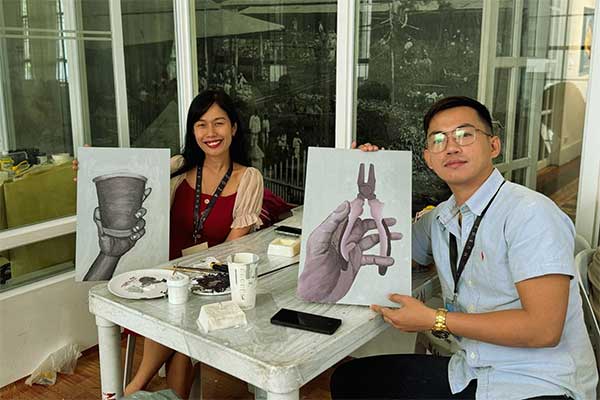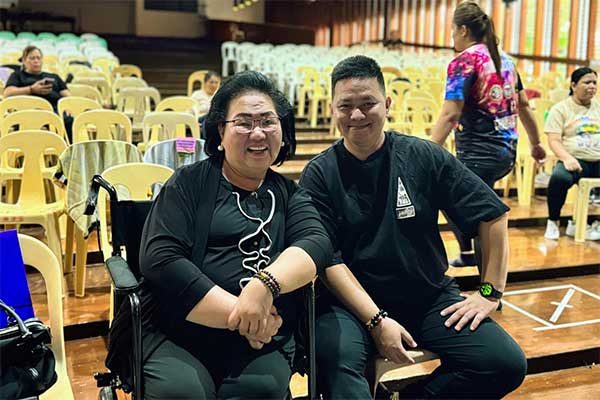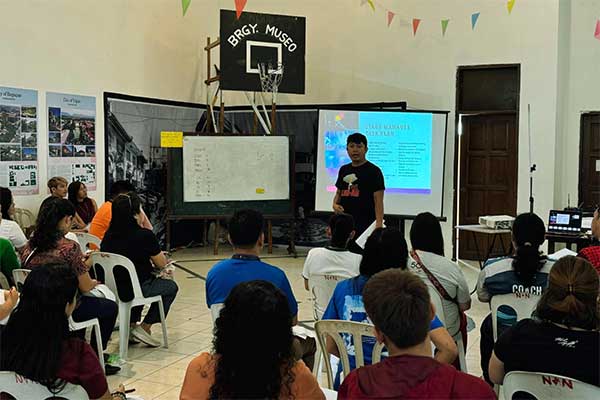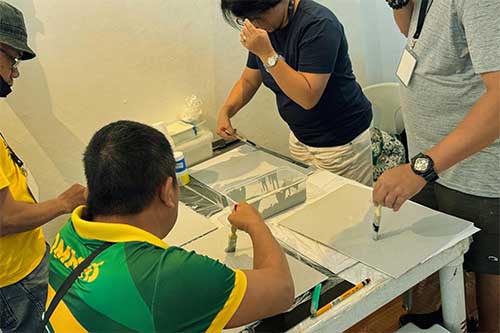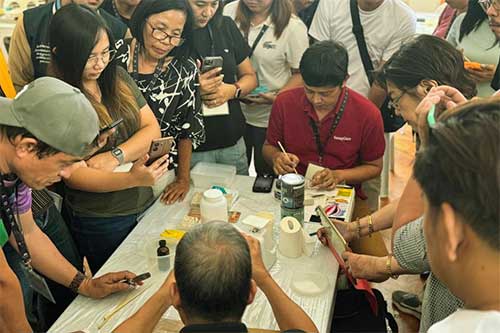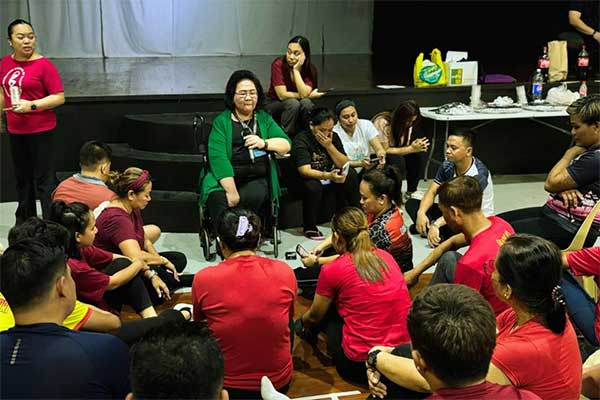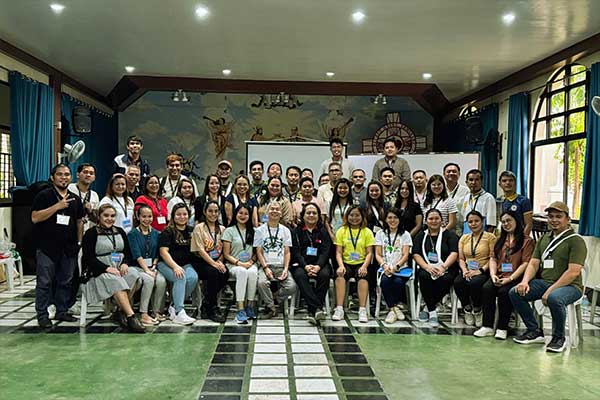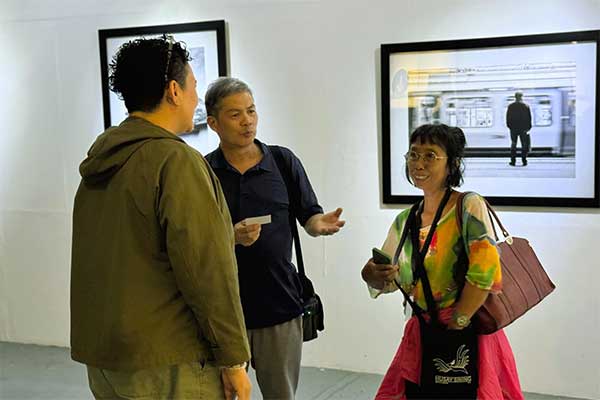By Noel Galon de Leon, UP Visayas
I’m in Bacolod City right now, attending the Husay Sining: Program for Teachers in the Arts Training Structure at The Negros Museum. This event, organized by the National Commission for Culture and the Arts (NCCA), is part of the continuation of the NCCA-DepEd Cultural Education Program (NDCEP), which aims to support the K to 12 Program of the Department of Education (DepEd). Husay Sining is a national training initiative aimed at offering participants extensive training in diverse art techniques. It prepares them to create artistic works, stage performances, organize exhibits, and give artistic direction to students. This year’s session emphasizes enhancing these abilities among educators.
As a member of the National Committee on Literary Arts of the NCCA, I have been tasked with training teachers in Creative Writing for the Special Program for the Arts. My topic is on effectively teaching the Short Story. I began my lecture with an important question: Are Filipinos still reading today? When the teachers answered yes, I followed up by asking what kinds of books they think Filipinos are currently reading. These two questions are crucial for us as creative writing teachers. They set the stage for understanding our students’ reading habits and preferences.
I emphasized to the teachers the significance of conducting an initial survey in the classroom before diving into the discipline of creative writing. As educators, we need to grasp the context of our students’ lives. It’s vital to know if they are still reading, what types of literature or reading materials they consume, the formats or platforms they prefer, and their reasons for continuing to read despite numerous potential obstacles.
Gathering this initial information from our students provides us with a unique opportunity. It allows us to tailor our readings and discussions to better meet their needs. This contextual understanding is key to engaging our students and supporting them in their creative writing journeys. The more we know about their reading habits, the better we can guide them in producing meaningful and relevant creative outputs.
After explaining the importance of conducting surveys in creative writing classes, I followed up with a presentation of the 2023 National Readership Survey from the National Book Development Board (NBDB). I highlighted key points from the survey that I believed would be beneficial for the teachers, giving them a glimpse into the reading habits outside their classrooms.
As a creative writing instructor, I think it’s crucial for us to understand what is truly happening in our communities. The NBDB survey offers an excellent way to see the national landscape of readership. For example, the survey reveals that the Bible, picture books, and romance novels are the most popular genres among adults, while picture books, short stories, and the Bible top the list for children. Print books remain the preferred format across most genres, with online access and e-books also being prevalent among both adults and children.
Regarding reading preferences, more than half of Filipino adults and children prioritize book availability, followed by affordability when selecting non-school books. The survey also indicates that 79% of adults and 58% of children cite self-motivation as the primary driver of their reading habits. Most adults prefer reading at home (87%), while children favor reading at school (69%). Both groups choose these locations for the quiet and focus they offer when reading Non-School Books (NSB).
Sharing this data with the teachers underscored the importance of staying informed about our students’ environments and reading behaviors. It’s not enough to teach creative writing in isolation; we need to connect it to the broader context of their lives. By understanding these trends, we can better tailor our teaching methods and materials to resonate with our students, ultimately fostering a more engaging and effective learning experience.
It’s also worthwhile to focus on other significant results from the survey. For instance, the survey reveals that most adults (39%) are willing to pay Php 99 and below for a printed, brand-new non-school book (NSB) from a physical bookstore. Additionally, the majority of adults (57%) and children (55%) prefer NSBs written by Filipino authors.
Another notable finding is that around 3 out of 10 respondents believe that “buying books is a luxury” (29% for adults and 31% for children).
These insights are incredibly valuable for us as educators. Understanding the financial constraints and preferences of our readers can help us recommend affordable and accessible reading materials. Moreover, knowing that there’s a strong preference for books by Filipino authors allows us to support and promote local literature, which can be more relatable and inspiring for our students.
Reflecting on these findings, I am reminded of the importance of making literature accessible and relevant to our students. By aligning our teaching materials with their preferences and realities, we can foster a deeper appreciation for reading and creative writing. This connection to the broader community not only enhances our teaching but also enriches our students’ learning experiences.
After revisiting the basics and fundamental elements of teaching short stories, I shared some new methods to make teaching short stories and creative writing more meaningful and interesting for today’s students. Here are the strategies and activities that teachers can implement in their creative writing classrooms when they return to their schools:
Firstly, inviting the author, if alive, to the classroom provides a firsthand encounter that offers unique insights and inspiration directly from the source. Also, visiting the author’s home allows students to witness the everyday life of a Filipino writer and observe the spaces where their favorite stories are crafted, fostering a tangible connection to the creative process.
Furthermore, exploring museums that house original manuscripts or unpublished works of authors offers students a tangible link to the literary world, enriching their appreciation for the historical and cultural contexts of the literature they study. Another enriching activity involves inviting a book publisher to discuss the journey from manuscript to publication, offering students valuable insights into the publishing process and inspiring future writers.
Moreover, integrating cultural immersion activities related to the story’s setting, such as traditional music, food, and customs, enables students to deepen their connection to the narrative by experiencing its cultural backdrop firsthand. Finally, linking the story with other subjects like history, science, or mathematics through cross-curricular integration enriches understanding and encourages critical thinking across different disciplines. These activities collectively enhance students’ comprehension and appreciation of Filipino literature while fostering a deeper engagement with the stories and their creators.
As a culminating activity for creative writing classes, here are several engaging options teachers can consider: Firstly, students can embark on creating a Literary Map that documents the stories and writers within their community. This project not only showcases the breadth and diversity of local literary works but also identifies significant landmarks and events, fostering a sense of pride and connection to their community’s literary heritage. By mapping out these literary treasures, students gain a deeper appreciation for the cultural richness embedded in their surroundings.
Secondly, teachers can organize a Writers’ Exhibit to honor local literary figures who have contributed significantly to the growth of literature in their language and community. This exhibit can be designed to tour other schools or be open to the public, offering a broader audience insights into the local literary scene. Such showcases not only celebrate the achievements of local writers but also serve as inspiration for aspiring young writers, encouraging them to explore and contribute to their literary traditions.
Thirdly, conducting Video Interviews with local writers and sharing them on platforms like YouTube can amplify their voices and works. These interviews provide a personal glimpse into the minds and processes of writers, making their stories more accessible to a wider audience. These recordings can serve as valuable educational resources, offering insights into the creative journey and literary inspirations that students can learn from and be inspired by.
Also, recording Literary Readings by authors themselves and making these recordings available on platforms such as Spotify enhances the immersive experience of literature. Listening to authors read their own works brings an intimate dimension to the stories, allowing listeners to connect more deeply with the narrative as intended by the creators. This initiative not only preserves the authenticity of the literary voice but also provides a convenient way for people to enjoy literature on-the-go, further enriching their understanding and appreciation.
Lastly, creating Short Videos tailored for platforms like TikTok Reels can effectively engage a younger audience with literature. These videos can feature captivating snippets from stories, intriguing insights into authors’ lives, or quick summaries that pique curiosity. By leveraging creative visuals and storytelling techniques suited to the TikTok format, these videos can ignite interest in literature among younger generations, bridging the gap between traditional storytelling and contemporary digital platforms.
These are just some of the topics we discussed during the two-day teacher training session. As a fellow creative writing teacher, I hope that initiatives like these, supported by the NCCA in partnership with regional writers and cultural workers, will continue for many years. Such programs provide public school teachers with the opportunity to enhance their teaching skills in creative writing and other artistic disciplines. Overall, my experience as a trainer in this teacher training program has been incredibly rewarding. I hope that the teachers who participated will carry the lessons we’ve shared into their classrooms and communities. Until next year!
Noel Galon de Leon is a writer and educator at University of the Philippines Visayas, where he teaches in both the Division of Professional Education and U.P. High School in Iloilo. He serves as an Executive Council Member of the National Commission for Culture and the Arts-National Committee on Literary Arts.




